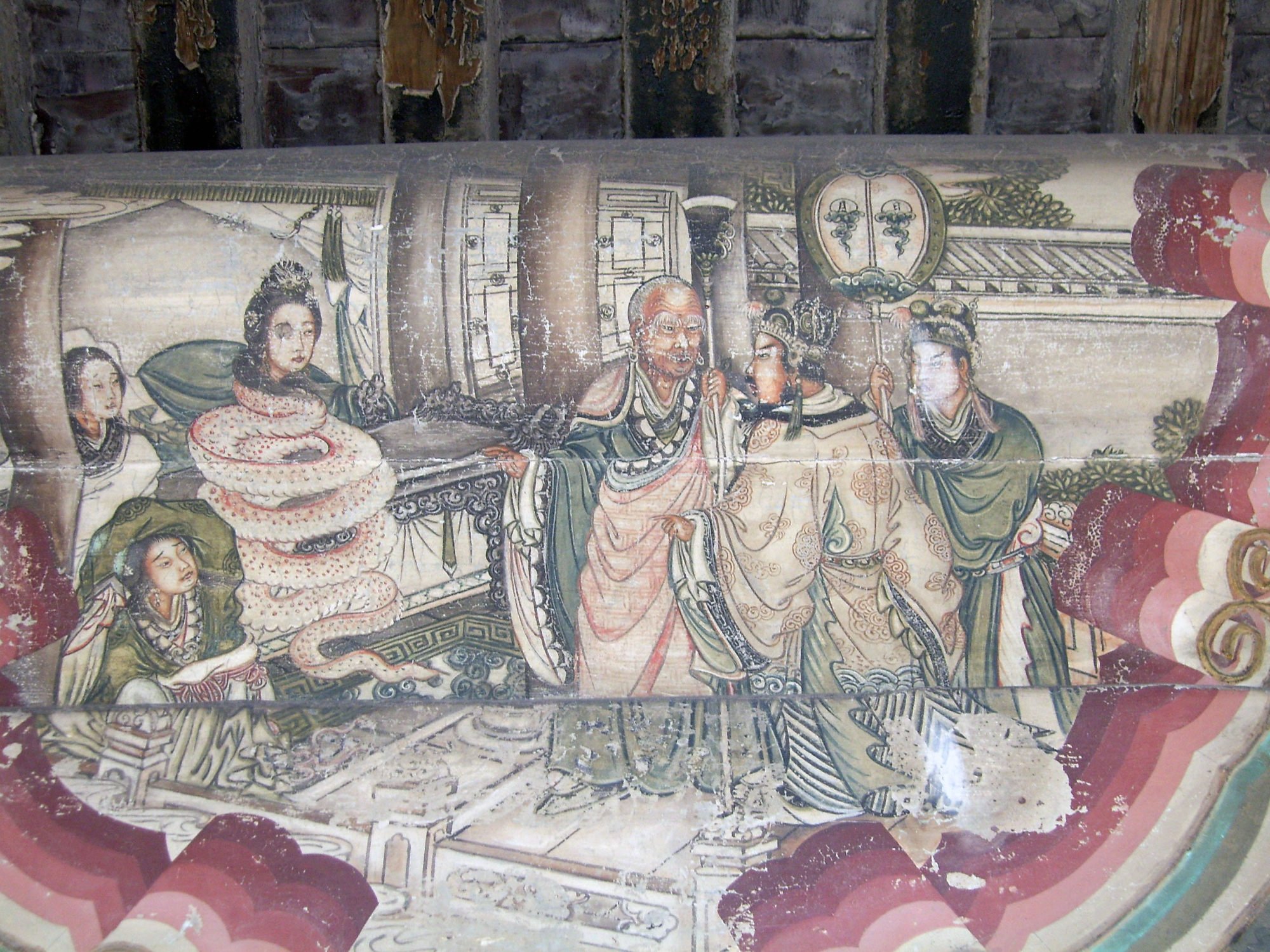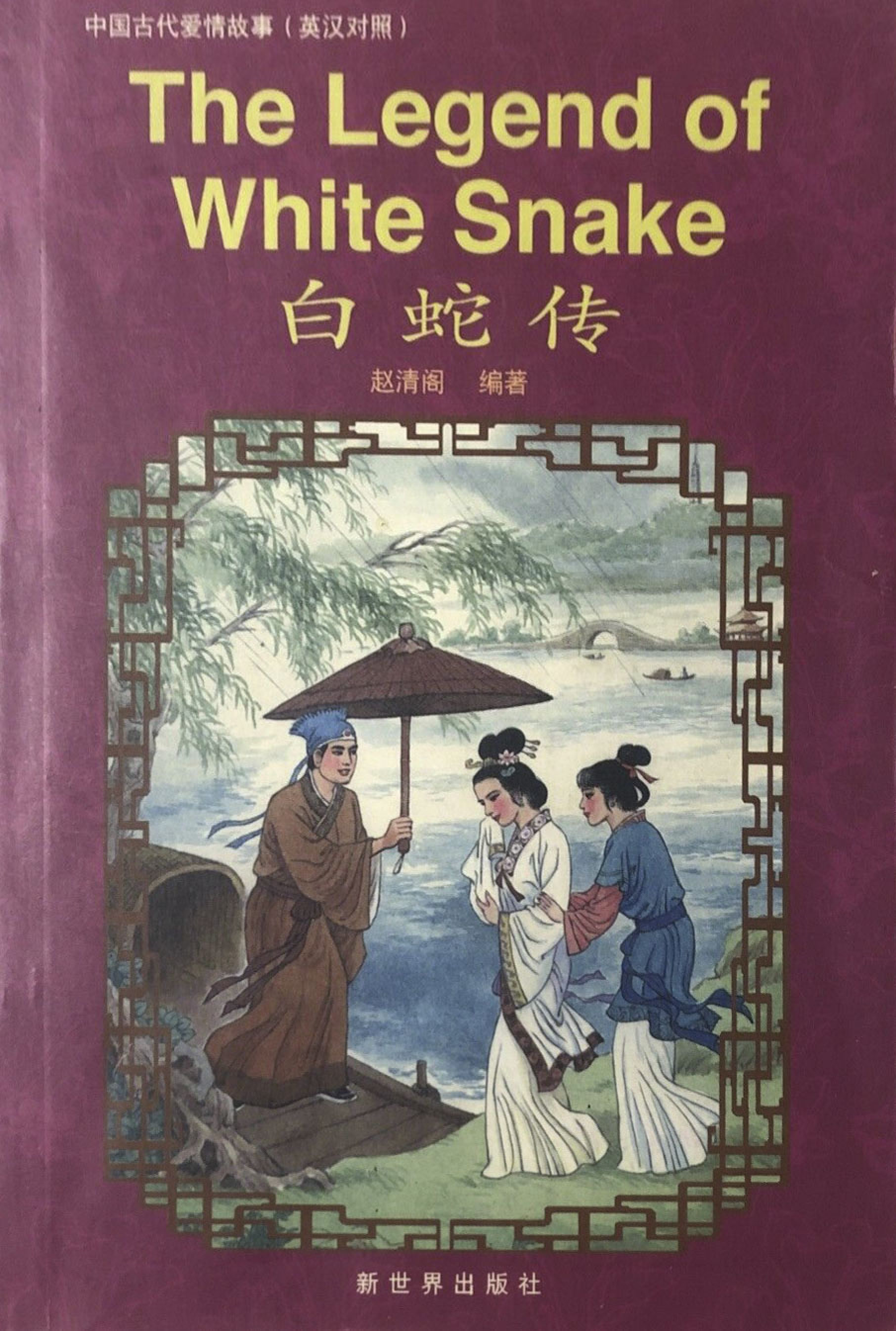How the famous Chinese folk tale “The Legend of the White Snake” portrayed women in China negatively for centuries

“In China’s feudal society, capable women – the White Snake – were considered negative images. Although their human nature became increasingly stronger, they could not escape the oppression of the patriarchal society, which clearly symbolized the low status and lack of speaking power of Chinese women in traditional society,” wrote author Tang Meng.
The earliest versions of the fairy tale often portray women as treacherous, even murderous. While more recent tales of The legend of the white snake Although the characters have been softened, the plot always ends with the snake woman being imprisoned in a pagoda for decades or centuries.
The folk tale first appeared during the Tang Dynasty (618–907), and various forms of the legend were told for centuries until Emperor Qianlong (r. 1735–1796) established an official version during the Qing Dynasty (1644–1911).
In an early version from the 9th century, a man (under a different name) has sex with a woman before falling ill and turning into water. His family later tracks down the woman and discovers that she is a white snake.

This story emerged during an important development in feudal China in the middle century, when women “came to the surface of history.” In other words, according to Tang, they were recognized for the first time in official history.
Later, during the Ming Dynasty (1368-1644), another version of the tale involved a man who met three generations of women and fell in love with the mother, who happened to have killed all of her previous suitors. A Taoist exorcist then performs an exorcist ceremony on the women and the mother is transformed into a white snake (her daughter turns into a chicken and the grandmother into an otter). The three women are imprisoned in stone pagodas.
The popularity of Legend of the White Snake grew during the Qing Dynasty, when the story was performed in many Chinese operas and acquired the status of a “powerful cultural presence.”
As the story progresses, the husband Xu Xian develops into a character, and by the end of the story he no longer cares that his wife is a snake. However, an abbot named Fahai still sees the White Snake as a threat and keeps the woman imprisoned in a pagoda for centuries.

The Tang and Ming Dynasty versions of The legend of the white snake portray female sexuality as a threat to men. Although other versions of the story portray the White Snake more sympathetically, they inevitably come to the same conclusion: the woman poses a threat to men, which ends with her imprisonment.
“Even if she is kindhearted, she should still be regarded as a curse, not to mention a companion of humanity. This concept is a requirement of the Confucian tradition that women must have a gentle personality and a good family background, and does not mean suppressing women,” wrote Meng Teng, the author of the Dean and Francis Press article.
In Chinese operas, the presence of a minor character has also been established: the Green Snake. She is the best friend of the White Snake and together they transform into humans.
Normally she plays a supporting role in the story, but in a more modern interpretation of the story the Green Serpent takes center stage.

The 1993 Hong Kong film The Green Snakebased on the novel of the same name by Lilian Lee, revolves around the mischievous best friend who interferes in the relationship between Xu Xian and the White Snake.
In the film, the Green Snake was played by Maggie Cheung Man-yuk, a retired Hong Kong actress. Taiwanese actress Joey Wong Cho-yee played the White Snake.
The film grossed $77.4 million at the box office.
Yuhan Chen, while studying at Fudan University in China, wrote in a 2022 article for Atlantis Press that the film deviates from tradition in its homoerotic portrayal of the two female leads.
“By emphasizing the emotional entanglement between the White Snake, Xu Xian, the Green Snake and Abbot Fahai, the film discusses questions such as: What is human nature? What are love and lust? And does love really exist in humans?” she wrote.
However, she added that the White Snake has been toned down over the centuries due to the popularity of the fairy tale, while the Green Snake “continues the nature of the aggressive snake, who is unrestrained and has a dichotomous attitude towards love and hate.”
Besides that The legend of the white snake The other three great Chinese folk tales are Ms. Meng Jiang, Butterfly loversAnd The cowherd and the weaver.
Related Posts

Emma Watson remembered the moment she fell in love with her co-star Tom Felton

Andrew Lincoln thinks “The Walking Dead” handled the death of this character too harshly

